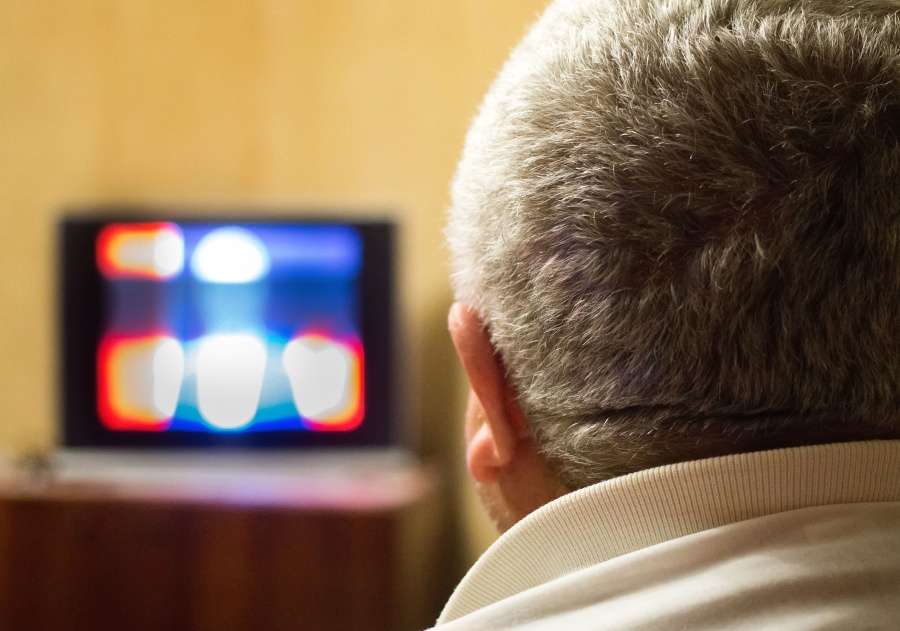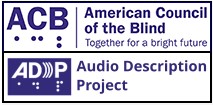 Descriptive audio offers you the opportunity to listen to a movie or TV show with all of the actions and scenery described aloud by a narrator. It’s usually a separate track that you can turn on to hear the purely visual aspects of the video. Listening to this track while watching the primary video track allows blind and visually-impaired people to enjoy the movie just as much as all the other people in the room. Some people say it gives them the feeling that they are listening to an audiobook. It also allowed me to enjoy the silent film “Nosferatu” while I was working at my sewing machine.
Descriptive audio offers you the opportunity to listen to a movie or TV show with all of the actions and scenery described aloud by a narrator. It’s usually a separate track that you can turn on to hear the purely visual aspects of the video. Listening to this track while watching the primary video track allows blind and visually-impaired people to enjoy the movie just as much as all the other people in the room. Some people say it gives them the feeling that they are listening to an audiobook. It also allowed me to enjoy the silent film “Nosferatu” while I was working at my sewing machine.
So often we are blind to things outside of our normal day-to-day life, which is a reason I like writing these posts. I try to share things that you might not be aware are available to you. This topic came about because I was talking to my friend Edward, a person with diminishing eyesight due to retinitis pigmentosa. Edward is an advocate for blind and visually impaired people as well as an entrepreneur. I have learned many things from him about how he navigates our shared spaces.
Few older videos have a descriptive audio track available. Various forms of descriptive audio have been attempted, usually with good success, since a 1929 screening of “Bulldog Drummond“ attended by members of the New York Association for the Blind and New York League for the Hard of Hearing, which offered a live description for the visually-impaired portion of the audience. The Federal Communications Commission began the process of requiring major networks and cable companies to provide 50 hours per quarter of descriptive audio content in 2000, but it wasn’t until 2012 that court cases were rendered moot and this requirement was enacted. Today many theaters offer headsets that provide the descriptive audio track and some live theatres offer a narrator who is in a booth behind all the seating and offers an audio description of the action on the stage. Streaming services and DVDs may also contain the descriptive audio track and will indicate that using one of four keyword phrases in the language section of the catalog record.
You can generate a list of DVD movies and television shows on our catalog by doing a search for one of these four keyword groups: “descriptive audio,” “described video,” “described audio” or “audio description.” From that results list, restrict it down to DVDs using the facet on the left side. All of these phrases mean the same thing but it seems that production companies do not use standardized language. Never fear, there is a way around doing four separate searches. Using the magic of our advanced search option, I’ve got a shortcut for all four phrases for you.
Another resource for Descriptive Audio is the Wolfner Talking Book and Braille Library. This is a shortcut to their list of DVDs. When you fill out the online application to receive services, you specify how you want to have items delivered to you.
 The American Council of the Blind manages The Audio Description Project and shares a lot of information on its website if you want to know more about this effort.
The American Council of the Blind manages The Audio Description Project and shares a lot of information on its website if you want to know more about this effort.
If you don’t have any need for this information, I do thank you for reading this post. The next time you are watching a DVD or streaming a video, you could check for that descriptive audio track and try it out. You might like it!



